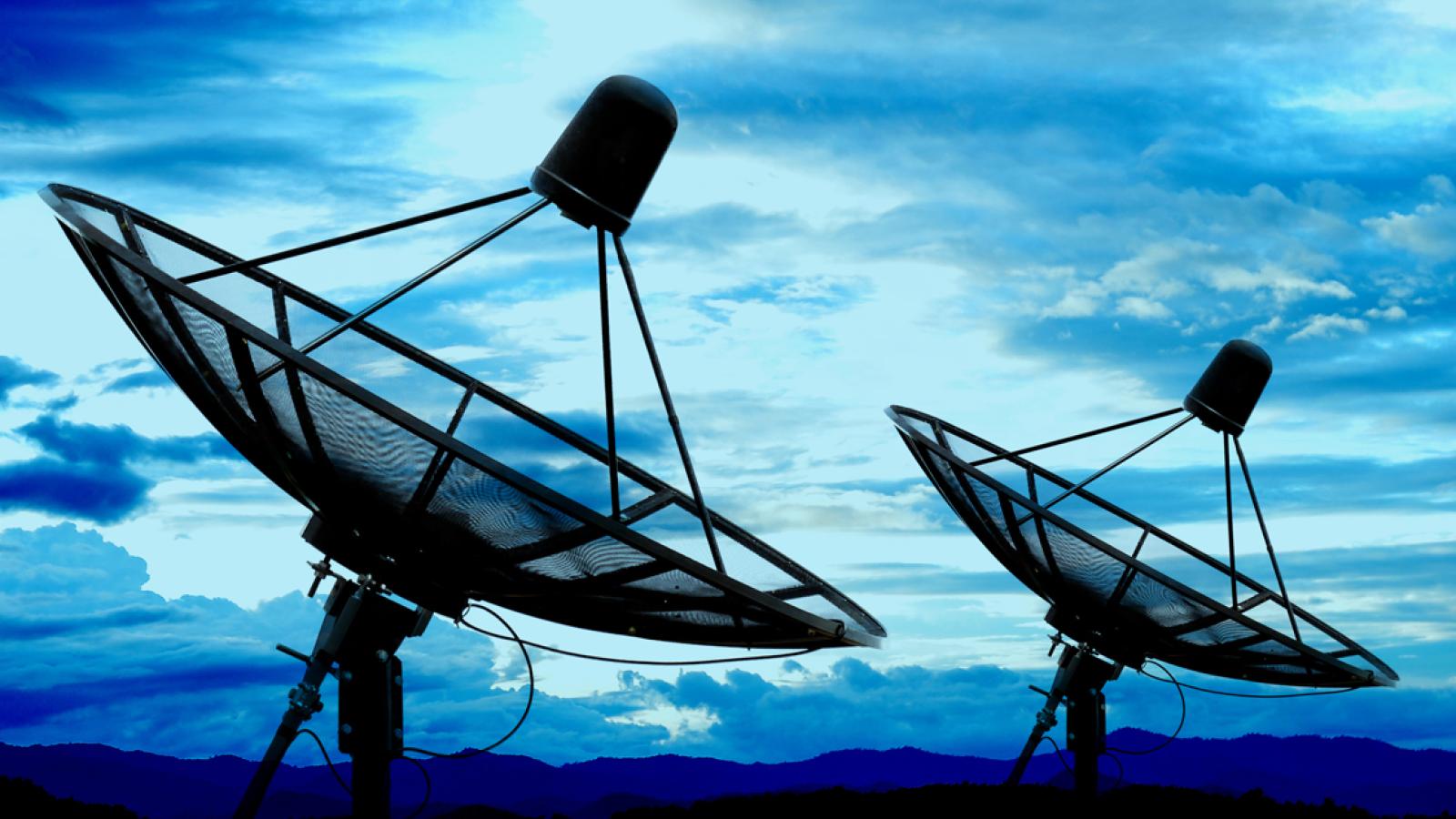Our Most Vital Asset: Space Ground Infrastructure and U.S. Foreign Relations

Synopsis
Allies and partners are critical to achieve and maintain U.S. military and intelligence advantages in space; indeed, satellite ground infrastructure hosted on foreign territories has been a core element of U.S. national security space partnerships since the Cold War. This infrastructure has been used to track satellites, carry out intelligence collection, employ space-based nuclear command and control, and more. Securing access to real estate for hosting satellite ground infrastructure has emerged as a critical element of intensifying U.S.–China rivalry in space since both countries depend on overseas territories for projecting spacepower. Resiliency in orbit requires a vast infrastructure on the ground to monitor the space environment, launch satellites, and transmit data. But the United States is not alone in its dependence on overseas satellite ground sites and terrestrial space domain awareness sensors. Read on to learn how, fundamentally, U.S.–China competition in orbit is shaping the terrestrial geography of superpower competition.
Author: Aaron Bateman
This paper was published in Space Agenda 2025, an effort by the Center for Space Policy and Strategy (CSPS) at The Aerospace Corporation to highlight and provide insights into some of the major space challenges facing policymakers. You can read the entire list of Space Agenda 2025 papers here.
Download this paper at: https://csps.aerospace.org/papers/our-most-vital-asset-space-ground-infrastructure-and-us-foreign-relations